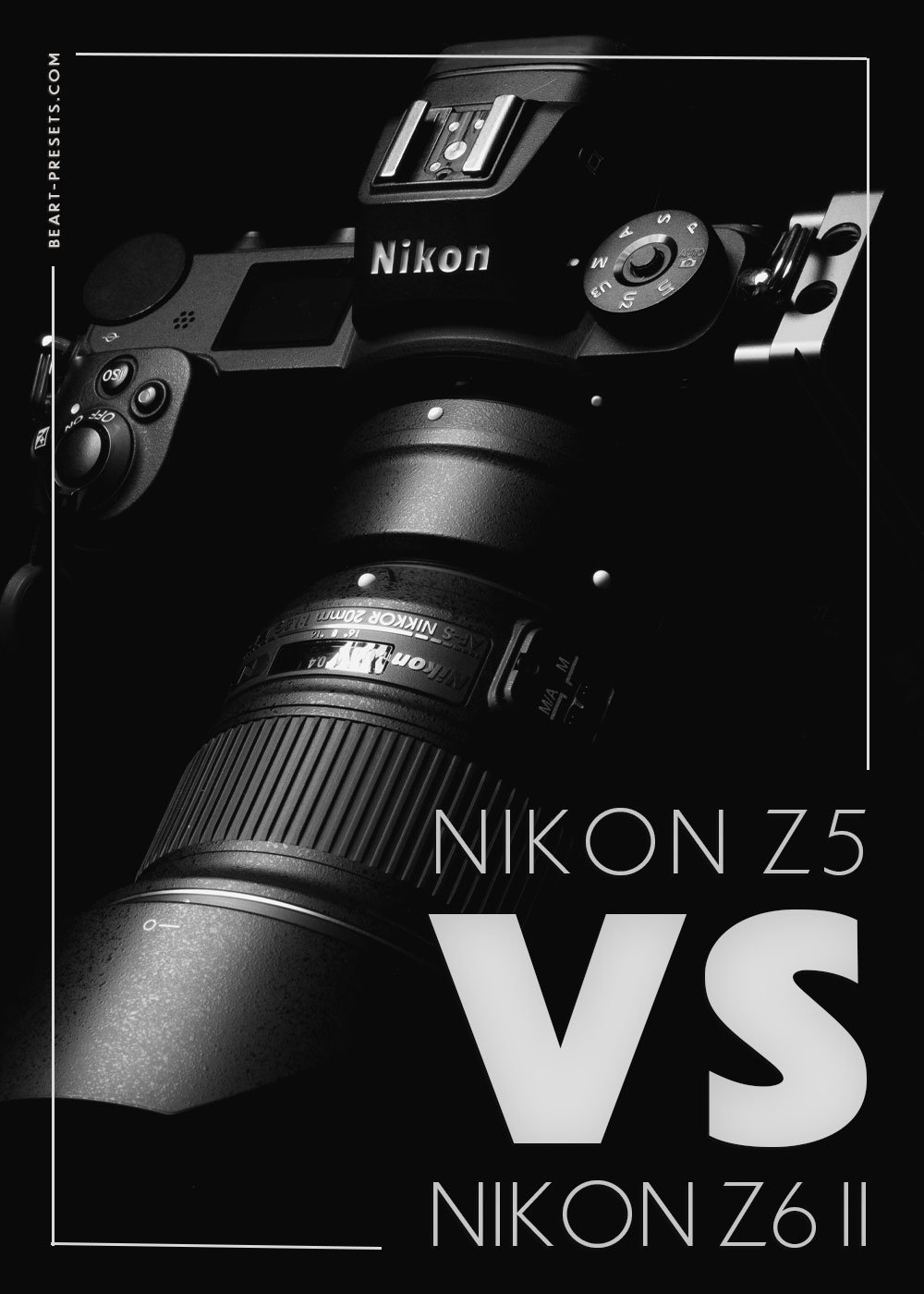The Main differences between the Z5 and the Z6 II
When it comes to Nikon's full-frame mirrorless camera lineup, the Nikon Z5 and the Nikon Z6 II are two popular models that offer great performance and features.
In this article, we'll compare these two cameras and highlight their differences and similarities to help you decide which one is the best fit for your needs.
First off, let's take a look at the similarities between the Z5 and the Z6 II. Both cameras use Nikon's Z-mount system, which allows for compatibility with a range of lenses.
They also both feature in-body image stabilization (IBIS), which helps reduce camera shake and produce sharper images. Additionally, both cameras offer 4K video recording capabilities and built-in Wi-Fi and Bluetooth connectivity for easy sharing and remote control.
Now, let's dive into the differences between the Z5 and the Z6 II.
1. sensor resolution
One of the most significant differences is in the sensor resolution. The Z5 has a 24.3-megapixel sensor, while the Z6 II has a 24.5-megapixel sensor. While the difference in resolution may seem small, it can have an impact on image quality and sharpness, especially when cropping images or printing at larger sizes.
2. autofocus system
Another major difference is in the autofocus system. The Z6 II has a more advanced autofocus system with 273 phase-detection autofocus points that cover approximately 90% of the frame, compared to the Z5's 273-point hybrid autofocus system that covers about 70% of the frame. This makes the Z6 II better suited for tracking moving subjects, such as wildlife or sports.
3. burst shooting speed
The Z6 II also offers faster burst shooting speeds than the Z5, with up to 14 frames per second (fps) in continuous high-speed mode compared to the Z5's 4.5 fps. This makes the Z6 II a better option for capturing fast-moving action and events.
4. design
In terms of build and design, the Z5 is slightly lighter and smaller than the Z6 II, making it a more compact and portable option. However, the Z6 II offers some additional features, such as a top OLED display panel and dual memory card slots.
5. Price
Finally, there's also a difference in price between the two cameras, with the Z5 being the more affordable option. This makes the Z5 a good entry-level full-frame mirrorless camera for those who want to try out Nikon's mirrorless system without breaking the bank, while the Z6 II is better suited for more advanced photographers who need additional features and performance.
Conclusion
In conclusion, both the Nikon Z5 and the Nikon Z6 II are excellent full-frame mirrorless cameras that offer great performance and features. Choosing between the two ultimately comes down to your individual needs and budget. If you're looking for an entry-level option that won't break the bank, the Z5 is a great choice. However, if you need more advanced features and performance for tracking moving subjects and capturing fast-moving action, the Z6 II may be the better option.


















